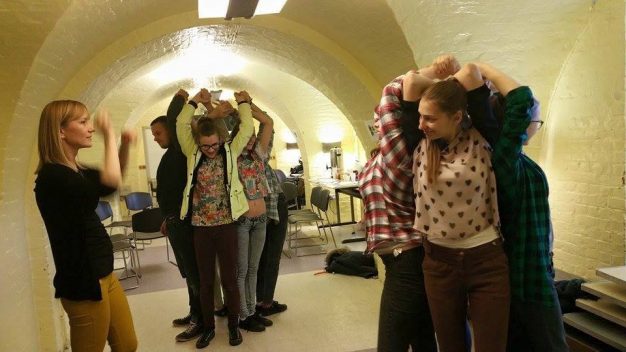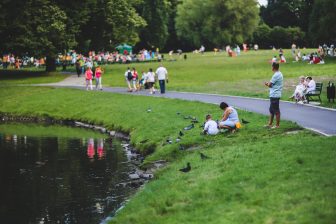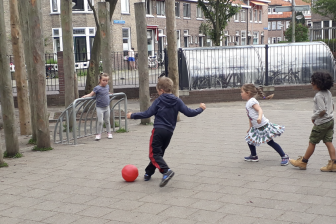
8 ways to create activities for children in a safe environment – final part
The described methodology of organising activities for children in free, safe and inclusive environments was the outcome of the “Playground Without Borders” project. The project that took place in Tschierv, Switzerland (2014) aimed to gather organisations working with children in a joint project with the idea to create a week-long programme for children fostering education, creativity and inclusion in drug-free environments.
Here are 8 steps on how to do that (continued):
5. Motivation : How to get the children motivated
To be able to fully enjoy your programme, the children attending will need to be motivated and enthusiastic. Sometimes, no effort is needed as children easily connect with each other and happily take part in the activities. At other times, however, they may need more explanation about what is planned, or more encouragement to join in. Regardless of whether or not the group is familiar to you from previous experiences, or familiar to each other, it will be helpful to cultivate a common mindset within the group. Here are some suggested principles to follow:
– Trust the children
– Treat children equally
– Understand the character of the child before taking any action
– Practice exercises for communication and group dynamics
– Practice the ‘giraffe’ method: i.e “If you … then …”
– Be flexible to introduce small breaks if you believe the atmosphere needs them
– Use music therapy
6. Ensuring a safety – and having a crisis plan
– Provide sun watch and/or night watch: Depending on the country where the activity is taking place, it is useful to set up a sun watch – to make sure that children do not spend too much time in the sun, especially during the hottest hours – and a night watch – to make sure that they are safe in bed, and that they respect the sleeping hours.
– Be prepared to provide first aid and access medical assistance: If the activity is taking place in an urban area, it is enough to be aware where the nearest hospital is and to have a crisis plan in place. If the activity is taking place in a remote area, then it is best to have either a medical professional or a first-aid trained member of the team at hand.
– Provide a limited list of easy-to-remember rules: the rules should outline the basic expectations and standards of behaviour that you have for children e.g all toys and materials to be put away before leaving an area or activity. The sooner the rules are set, the better and easier for everyone involved.
– Be careful to adopt, understand and follow child protection policies and procedures for your area: Most countries have clear regulations for safeguarding children attending supervised services, such as checking the background of all staff employed and barring people who have committed or been suspected of certain offences.
Be sure to follow these thoroughly, but also have your own safeguarding practices in place, train your team in them, and be prepared to respond promptly and sensitively to any concerns that individual children may have, or any suggestion of inappropriate behaviour or interaction by anyone who has contact with children in your care.
7. Unexpected situations: what to have in mind
No one organising activities for children likes to imagine a ‘worst-case’ scenario, but it is very important to conduct a thorough risk-benefit assessment for your programme to have a crisis plan in place that will allow you to respond effectively the event of an emergency. This will contribute to the feeling of security and preparedness and give you and your team confidence, whether or not it is ever needed.
8. Follow up from the event: how to ensure the best results and outcomes
A successful event deserves a good follow up and evaluation. Sometimes a follow up is not expected, and sometimes it is. An example of a follow up activity could be replicating what the children learned in the event in their local environment or among another group of children. Showing ownership of any activity is a good way to see which children enjoyed which activities the most. At the end of the day everything that is done with love and that brings a smile to a child’s face is worthwhile.
This methodology for organising activities for children in free, safe and inclusive environments was the outcome of the “Playground Without Borders” project. The project aimed to gather organisations working with children in a joint project with the idea to create a week-long programme for children fostering education, creativity and inclusion in drug-free environments.
Author: Vasilka Lalevska
References:
http://activeeurope.org/images/PWB_publication1.pdf
1st part Detailing: https://www.childinthecity.org/2016/02/08/8-ways-to-create-activities-for-children-in-a-safe-environment/
2nd part Organisation/Logistical preparation: https://www.childinthecity.org/2016/02/12/8-ways-to-create-activities-for-children-in-a-safe-environment-2/
3rd part Dynamics of the organising team: Organisation and communication:
4th part Travel: How to get the children safely to an event




